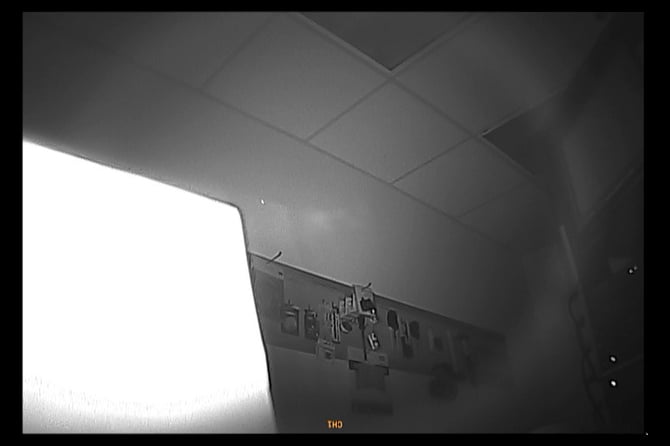Why does IR Reflection occur?
“Halo” effect on IR Cameras
There are a few reasons why a camera would experience a significant IR reflection, also known as the “Halo” effect. The main reason is the reflective surfaces or objects that are in the field of view. Here is a chart that shows reflectance levels of different surfaces:
Asphalt (black) |
5% Reflectance |
Concrete (new) |
40% Reflectance |
Concrete (old) |
25% Reflectance |
Red Brick |
25% Reflectance |
Grass |
40% Reflectance |
Snow |
95% Reflectance |
Depending on the reflectance and the distance, surfaces or objects in the scene could affect the way IR light reflects back into the lens.
This is a typical scene:
A very reflective surface comes into the frame and creates a halo effect on the dome cover:
*Note that snow and rain are highly reflective and can cause IR glare issues*
There are a couple of details that you do have control over to prevent IR glare:
1. Scratches, dust, or smudges will reflect IR light.
2. The dome cover is not properly seated or fully sealed.
If the gasket around the lens is not fully pressed against the dome cover, there could be gaps for the internal IR light to sneak through.
As an option, Speco Technologies offers a full line of Intensifier cameras which amplify ambient light to show clear, color picture at night. Intensifier cameras do not use IR illumination and will not experience IR reflection.
Initial publish Date: April 7th 2025
Published by: Tyler Rowe


